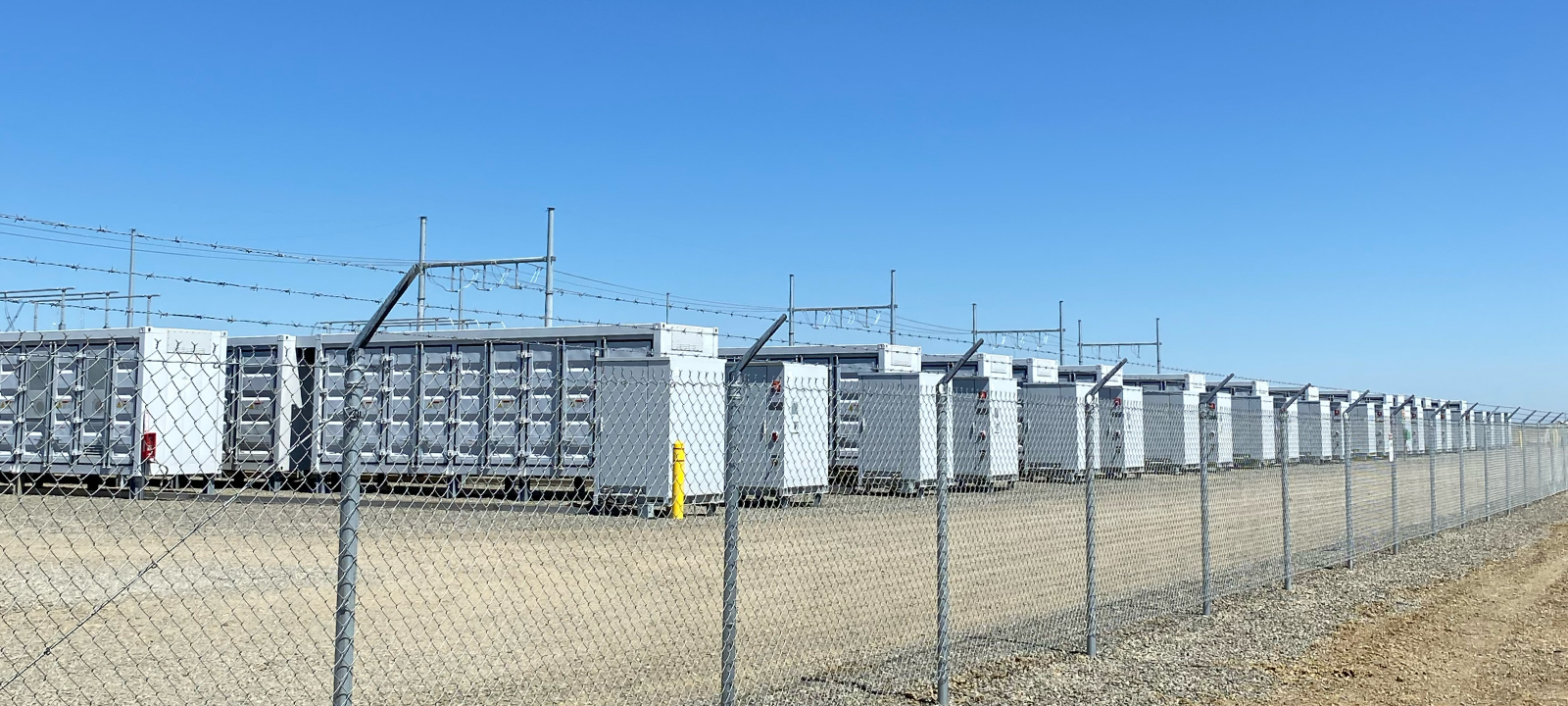Batteries Help California Deal with Summer Heat
September 17, 2024
Ava is pitching in with new batteries to help California get through hot days this summer.

Hot summer temperatures are once again driving up electricity demand, as millions of air conditioners work hard to keep homes and businesses cool.
While a West-wide heat wave led to power shortages in 2020, things are looking a lot better this year. Ava and other power providers in California have been busy signing contracts for new generation and energy storage — mostly solar + batteries, which are at their best on sunny summer days and evenings.
With the temperature hitting 110 degrees in Stockton on July 11, electricity demand rose to hit a peak of 43,969 megawatts (MW) at 7 p.m. that day. It was enough for CAISO to briefly call a “demand response event,” paying certain customers to curtail their energy use during peak hours.
But Dede Subakti, VP of System Operations for CAISO, said even such scorching temperatures were not a problem. “We were able to meet it with room to spare,” he wrote in a blog post.
“California has been adding clean resources to the grid at an historic rate,” he said. “In just the last two years, more than 11,000 MW of clean energy has been brought online. The battery fleet on the grid, which performed well throughout the heat event and helped meet demand during the evening when solar was declining, is approaching 10,000 MW.”
Batteries now account for a significant portion of energy and capacity during the late afternoon and early evening when net loads are highest, according to CAISO. They also account for a significant portion of load during peak solar hours, as they charge up.
“Batteries can purchase energy during midday hours when solar is plentiful and system prices are lowest, then sell power back to the grid in the evening when power is in high demand, solar output is low, and prices are much higher,” CAISO reported in July. “In addition to providing flexible generating capacity during critical hours, the fleet of battery storage resources now represents a significant amount of additional demand during other hours of the day.”
Ava is doing its part to add new clean resources. As of July 2024, Ava has contracted for energy and/or capacity from 23 projects, adding up to 1,225 MW of wind, solar, and geothermal generation, plus 632.5 MW of storage. Of that portfolio, 825 MW has come online to date, with another 1,000 MW expected over the next three years.
Ava is also obliged to contract for “resource adequacy” or RA. Regulators require all power providers to ensure they have enough capacity available to meet demand, especially during peak hours. Most power providers use a mix of resources to meet RA compliance, including variable renewable generators like solar and wind, along with batteries and dispatchable generators like geothermal or natural gas-fired power plants.
In its most recent filing with regulators, Ava reported that it is fully prepared to meet RA obligations. Moreover, Ava forecasts that it has procured sufficient capacity to cover its customers’ system capacity needs throughout 2025. This is true even as regulatory requirements change in 2025 to the “slice-of-day” framework, which requires a more granular matching of capacity and demand.